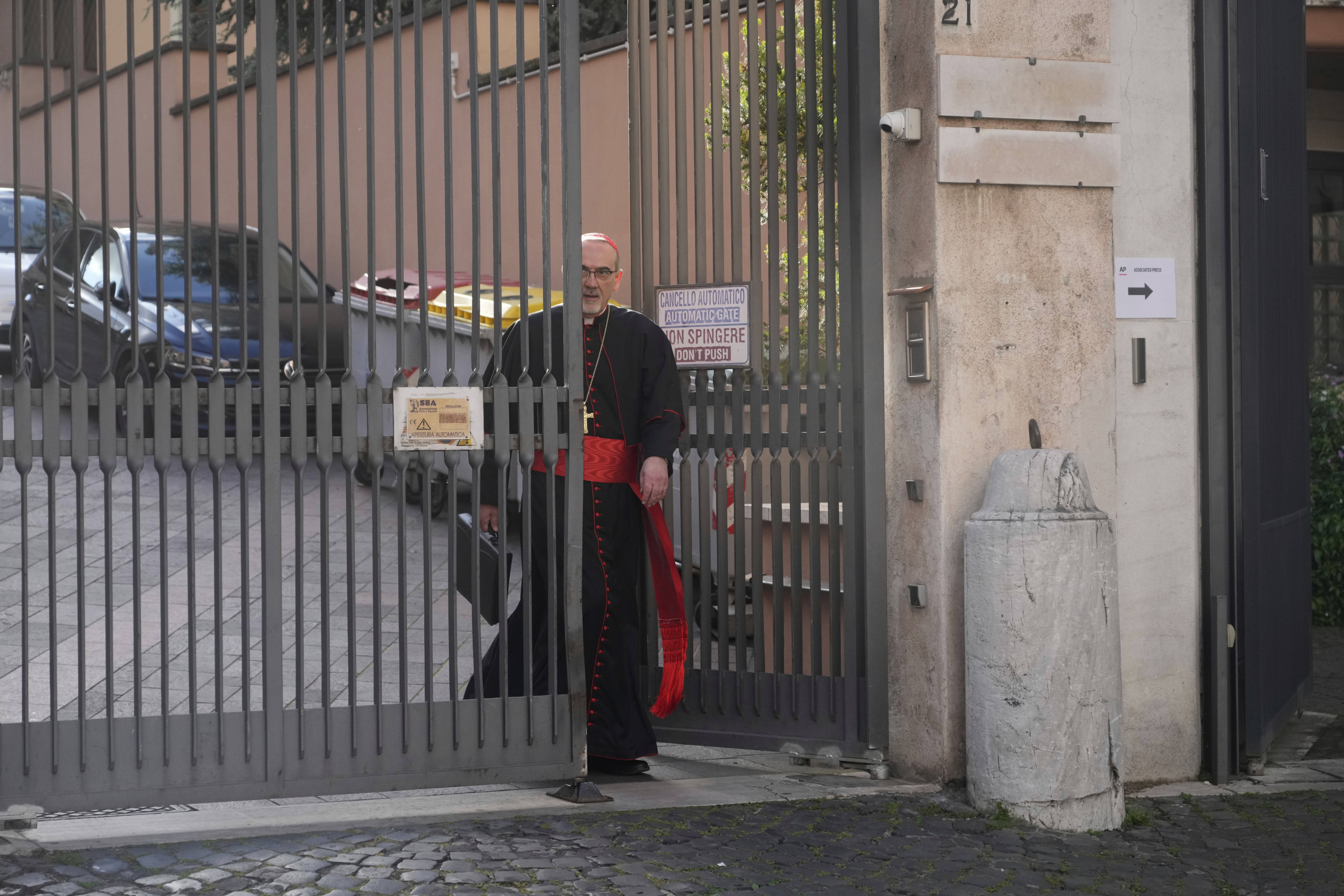
In a historic moment for the Catholic Church, 133 cardinal electors have launched the largest conclave in modern times to select the next pope.
The world is waiting to see who will replace Pope Francis after the gathering, which reflects his expansive, international appointments to the College of Cardinals, making it markedly more diverse and less Eurocentric than past conclaves.
What Time Does the Conclave Begin?
The Wednesday ceremonies began with mass at St. Peter’s Basilica at 10 a.m. local time. It was conducted by Cardinal Giovanni Battista Re, who also led Pope Francis’ funeral service.
At around 4:15 p.m., the cardinals will gather in the Pauline Chapel to form a procession to the Sistine Chapel while singing the hymn Veni Creator, an invocation to the Holy Spirit.
The conclave will officially begin when all nonessential personnel are ordered to leave the chapel following the pronouncement of “extra omnes” (“everyone out”) by the Master of Pontifical Liturgical Celebrations, Diego Ravelli.
From that point, cardinals are isolated from the outside world, with no phones or TVs, until a pope is selected, with Swiss Guards stationed at every entrance of the Sistine Chapel.
What Happens in the Conclave?
Voting takes place twice each morning and twice each afternoon. Ballots are distributed by Vatican officials and collected in strict secrecy. A two-thirds majority is required to elect a new pope.
If no one secures that on the first ballot, the cardinals return to their guesthouse, Casa Santa Marta, for dinner and informal discussions before voting resumes the next day.
Daily routines continue, with meals and prayers structured between voting sessions. Notably, kitchen staff and waiters are also sworn to secrecy and confined to Vatican grounds for the duration of the conclave.
After each round of voting, ballots are burned. If no pope is selected, chemicals produce black smoke from the Sistine Chapel chimney.
White smoke, accompanied by the ringing of bells, signals that a new pope has been elected.
The elected cardinal is then asked if he accepts the role. Upon acceptance, he immediately becomes pope and selects a papal name.
AP
When can we expect to see a Conclave smoke signal?
Cardinals do not have to vote on Wednesday but they can.
A possible time for first smoke on Thursday would be after 10:30 a.m., if it is white smoke (meaning a new pope has been elected) and after 12 p.m. if no pope is elected, Director of the Holy See Press Office Matteo Bruni told Vatican News.
In the event of an inconclusive vote, Cardinals would return to Santa Marta for lunch at 12:30 p.m. and then back to the Apostolic Palace at 3:45 p.m. to resume voting in the Sistine Chapel at 4:30 p.m.
If a pope is elected in an afternoon vote, white smoke can be expected after 5:30 p.m., or if a pope is not elected, black smoke should appear at around 7 p.m.
Why It Matters
This conclave not only sets a record in participation but also comes at a moment of division within the Church. The cardinals are split between supporters of Pope Francis’ reforms and traditionalists who have been vocal about reversing his policies.
The next pope will shape the spiritual direction and administrative governance of the Catholic Church, the largest in the world, during a critical moment of transformation.
As the first conclave of the post-Francis era, it will determine whether the Church continues down the reformist path he charted or shifts toward a more traditional model of leadership.
What Happens Next
If no pope is elected within three days, the cardinals will take a day of reflection before resuming the process.
While a pope can theoretically be elected in the first round, this has not occurred in centuries.
Modern conclaves often last between one and five days, depending on how quickly consensus can be reached. The most recent, in 2013, elected Francis on the second day.
